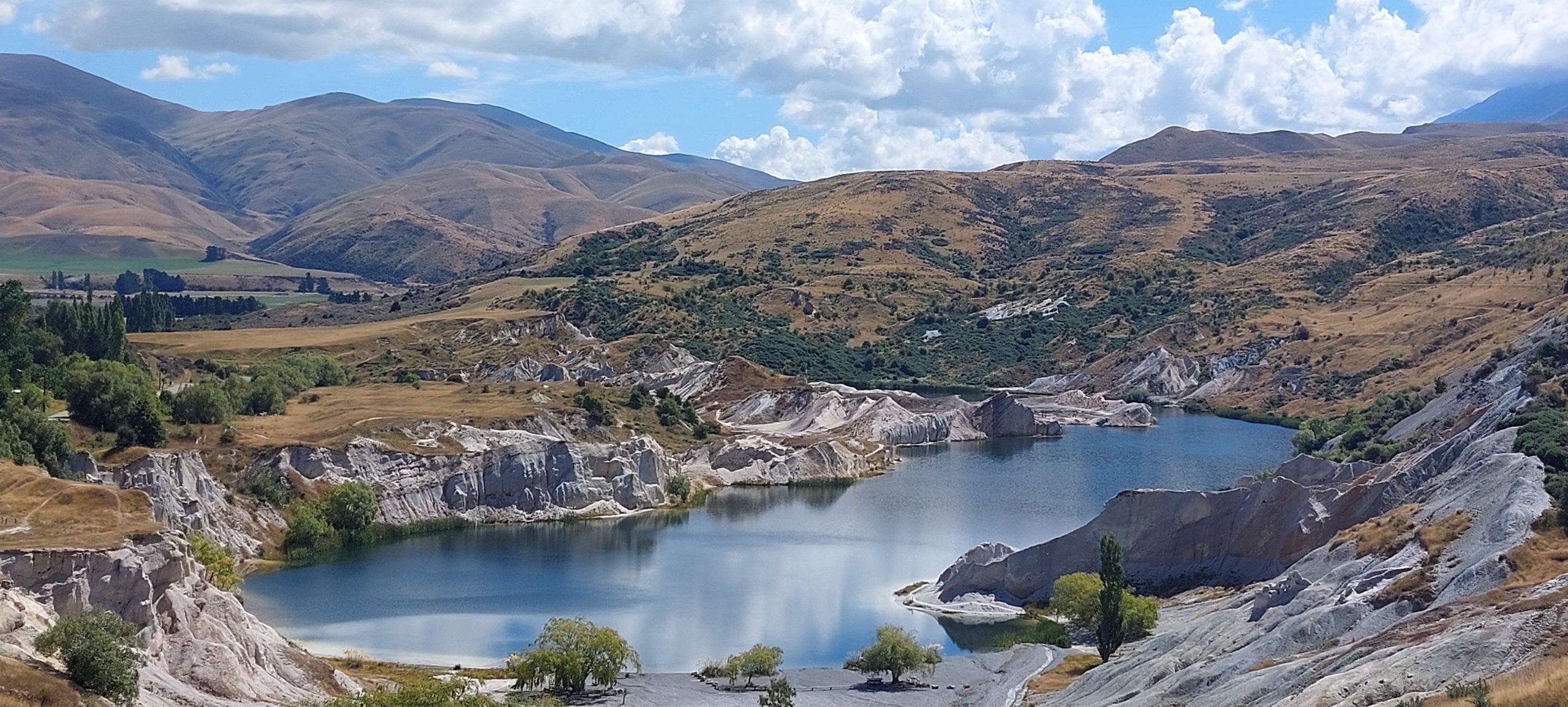The Central Otago District Council (CODC) will gain a better understanding of what wellbeing means in each of its districts following reports on wellbeing in its communities.
At a council meeting last week, staff reported on the Otago Wellbeing Baseline Report, a project funded and commissioned by the Otago Regional Council.
The report’s framework had input from all local territorial authorities, Aukaha, representatives from the public health sector and some community groups.
CODC senior strategy adviser Alix Crosbie said the council had participated because of the opportunity to gain better understanding of wellbeing measures.
It was ‘‘because of a belief we should work together for the wellbeing of everyone’’, she said.
As a region, Otago fared better than the national average in three of seven areas: healthy and fulfilled people; belonging and identity; and participation and governance.
It performed at about the national average in two areas: good standard of living; and healthy natural environment.
It performed below the national average in two: connected communities; and an enabling built environment.
The data had been a surprise for councillors, Ms Crosbie said.
‘‘Cr Tracy Paterson said at the meeting that she was ‘gobsmacked’ that Otago had scored so low in the healthy natural environment dimension,’’ Ms Crosbie said.
However, the council was aware of its low percentage of safe swimming sites relative to other areas, she said.
‘‘That’s an example of a meaningful conversation we could have with the Otago Regional Council, going forward,’’ she said.
It also provided some further areas to challenge current understanding of wellbeing and the perspectives of people in the area.
‘‘It enables us to either work directly or partner with parts of our community on target areas.’’
CODC community development adviser Rebecca Williams said the initial report provided a set of data sources and some framing that could be built on for the future.
Mrs Williams was involved in a project to develop a district-wide, 50-year vision and community wellbeing framework for Central Otago, and the findings would be used as part of the district’s vision work.
‘‘The Otago Regional Council has shown leadership by providing a baseline wellbeing report at a regional level.
‘‘This can be used by each council to gain a better understanding of wellbeing in its district and use that data to better shape policy decisions,’’ she said.
This was a baseline report, so the report would increase in value over time as trends formed.
‘‘It will also be refined and gaps in data identified by each council in areas that are particularly important to them.’’
The full report can be found on the council’s website.





